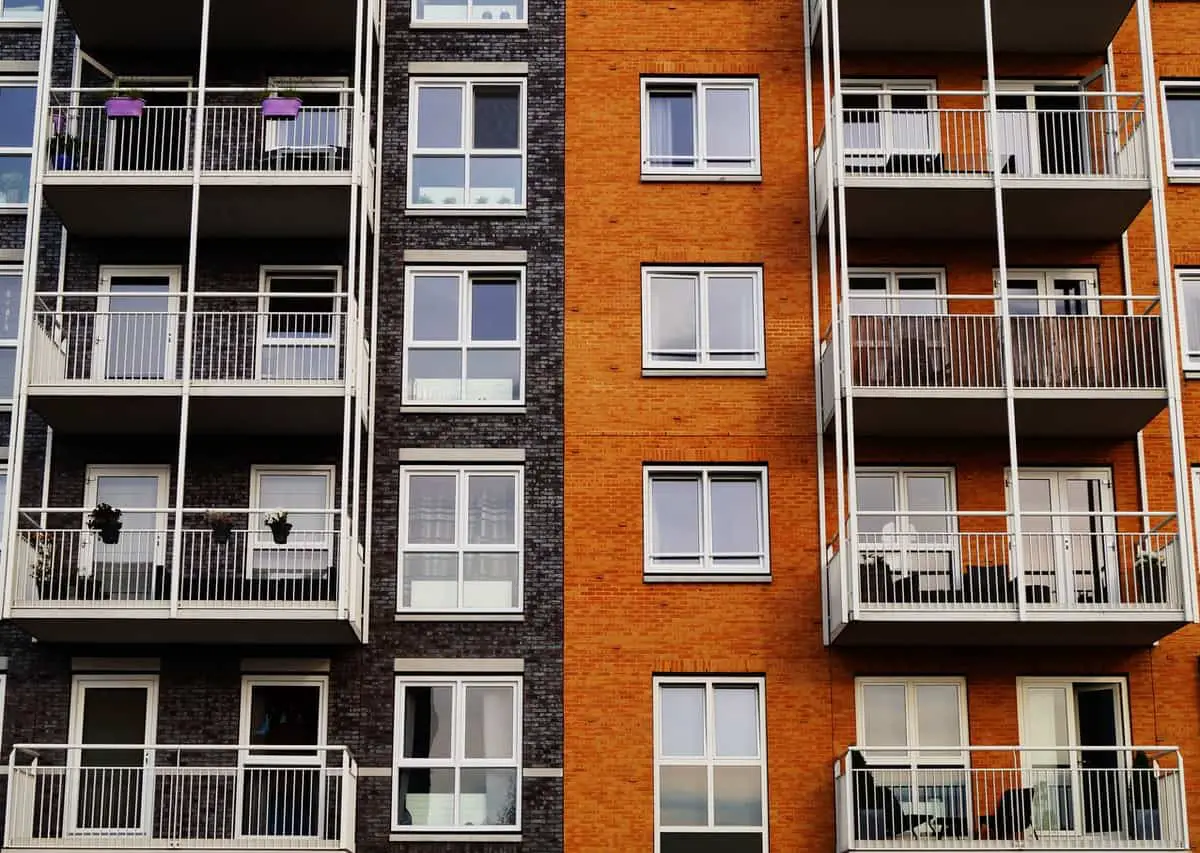Testosterone levels in American men are in crisis. And it seems that men in some zip codes have lower testosterone levels than others.
Here at MWHQ, we wrote an article about how to battle decreasing testosterone levels, and research confirms there is a need for us men to get some education and to learn how to keep our T levels high.
New research carried out by our friends at GothamClub.com has revealed some surprising results. Here’s what they did…
We analyzed data surrounding prescribed testosterone (the most common treatment for low testosterone) for U.S. men in the Northeast, South, Midwest, and West from 2002 – 2016, and found at the peak of prescription use in 2012:
1.8% of Southern men sought out prescribed testosterone…
Compared to 1.1% of men in the West…
0.7% of men in the Midwest…
And 0.6% of men in the Northeast.
(To put that into perspective, that means three times more Southern men were seeking out prescribed testosterone than men in the Northeast!)
These trends remained steady throughout the entire period of 2002-2016, suggesting that men in the South have naturally lower T levels than men in other regions of the country.
Of course, an alternative possibility is that men in the South are more aware of their testosterone levels, or have simply taken more action to address it.

We investigated this further and compared regional differences in testosterone to regional differences in obesity and diabetes as well.
Why obesity and diabetes?
Because obesity is frequently associated with low testosterone levels, and Type II Diabetes has been linked to low testosterone and Erectile Dysfunction, the theory is that if Southern men truly do have naturally lower testosterone levels, they’re more likely to experience higher levels of obesity and Type II Diabetes as well.
Gotham Club found significant evidence to support this theory.
And while it’s no secret that the average man’s testosterone levels are dropping (the most recent data suggest the average man loses up to 1% of his testosterone each year–and this is correcting for factors like age, health, and lifestyle changes)…
… up until recently, we didn’t understand the important role location plays in testosterone regulation too.
This is of particular importance for younger men in the U.S. today.
According to relationship counselor Ian Kern, he’s noticed, “an increasing number of young guys are complaining of concerns, such as diminished libido and problems more commonly seen in older men.”
So if you want to see the full infographic–including scientifically proven steps any guy can take to boost his testosterone levels quickly, easily, and safely–check out the full infographic here:






































